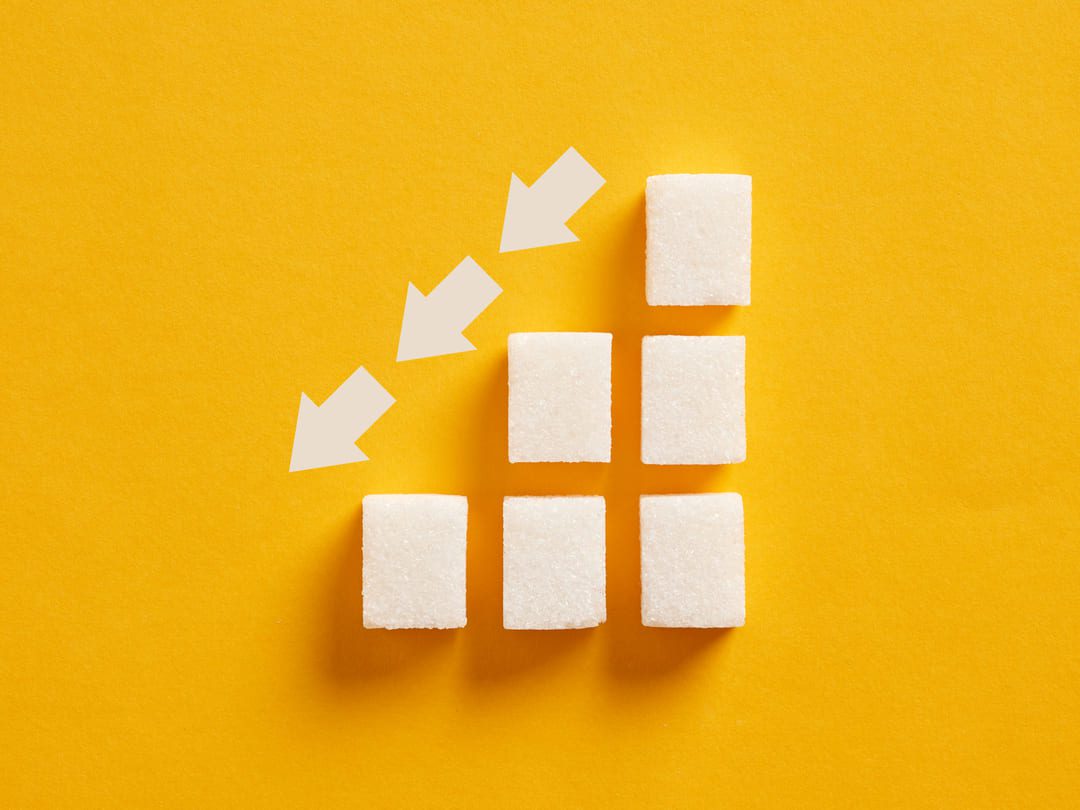With its presence in a broad range of food items including main courses, savory foods, and desserts, sugar has taken center stage in the modern diet. Adults are advised to limit their daily sugar intake to 30 grams, while children can have up to 24 grams. Eating more sugar than is advised or ten percent of the total calories ingested can lead to obesity and raise the risk of diabetes. Reducing sugar consumption is the most proactive approach to lessen the health concerns linked with sugar.
Patients can get individualized diet, nutrition, and lifestyle management counseling to improve treatment adherence and outcomes using a variety of applications and platforms such as Dietician and Nutrition Assistance and Humrahi. Additionally, some platforms offer free blood sugar testing and monitoring as well as instruction on how to inject insulin correctly. Here are some durable lifestyle changes to sate your cravings and replace hidden sugar sources with healthy alternatives.
Select Nutritious Drinks
Water consumption is highly advised. Even though you might occasionally have a craving for sweet drinks, stay away from processed beverages like soda and energy drinks. Instead, opt for vegetable juices, herbal teas, fruit smoothies, and unsweetened coffee. The best options for hydration arel emonade, skim milk, coconut water, and aloe vera shots.
Cut Back on Sugary Fruits
Fruit is a nutrient-dense, healthy option to satisfy your sweet desire. While all fruits contain sugar, some fruits like mangoes and bananas have more sugar than others. Fruits high in sugar should be avoided; instead, choose low-sugar options including avocados, strawberries, blackberries, peaches, lemons, melons, oranges, and grapefruits. Eliminate Sugary Desserts
Almost all desserts are loaded with sugar and provide nothing of nutritional value. They cause blood sugar to spike while leaving you tired and hungry for more sugar. You can include low-sugar desserts like 70 percent cocoa dark chocolate, baked fruit with cream, and yogurt with spices like cinnamon, nutmeg, etc., to satisfy your sweet tooth.
Read Food Labels
Processed and canned food items contain added sugar, so check the food labels. They list all ingredients in order of quantity, and the higher the sugar is on the list, the less it is out of the cart. A tip is to avoid products that have sugar or sugar synonyms, like sucrose, maltose, dextrose, fructose, glucose, galactose, lactose, etc.
Start Small
Don’t overstock the house’s cupboard and refrigerator with high-sugar goods. Nonetheless, some foods will survive the supermarket shop and find their way into the dinners. Therefore, don’t strive to reduce or alter the high sugar content of everything in the house. Choose one or two things, then gradually add more.
It can be difficult, but cutting back on sugar and finally giving it up is crucial for diabetics and anybody trying to get healthier. With these easy-to-implement suggestions, you may satiate your cravings and cut back on sugar consumption considerably. But always remember to go cautiously, acknowledge and appreciate each small victory, and never give up on your advancement. Enjoy that one meal if you’re having a cheat day, but then challenge yourself to not slip up again and continue the effort to benefit your health.(64)


